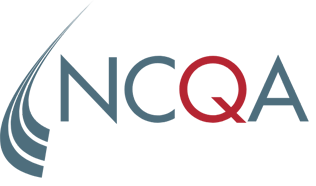No. Volume 5: HEDIS Compliance Audit MY 2023 does not include new requirements for reporting race and ethnicity. Consistent with MY 2022, these data are addressed in the HEDIS Roadmap. Auditors must confirm that organizations provide a complete Roadmap response, and review all attachments describing data flow, layout and transformation. Roadmap Section 6, Question 6.3J requires organizations to describe the sources they use, their processes for disaggregating race and ethnicity fields, their data source reconciliation and prioritization processes and the percentage of members with available data.
NCQA introduced a direct data threshold of ≥20% for Race/Ethnicity Diversity of Membership (RDM) in the 2024 Health Plan Ratings scoring methodology. Please note that this is independent from the race and ethnicity stratifications, and should not impact audit designations. There are no bias thresholds for the race and ethnicity stratifications in Volume 5.
HEDIS 2023

